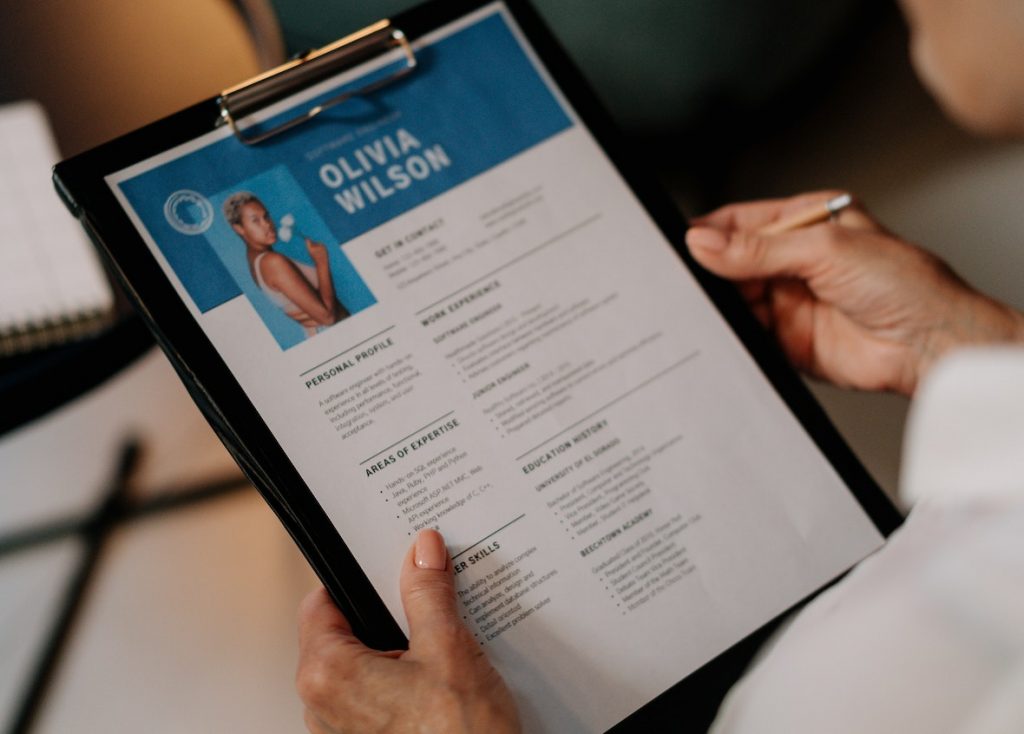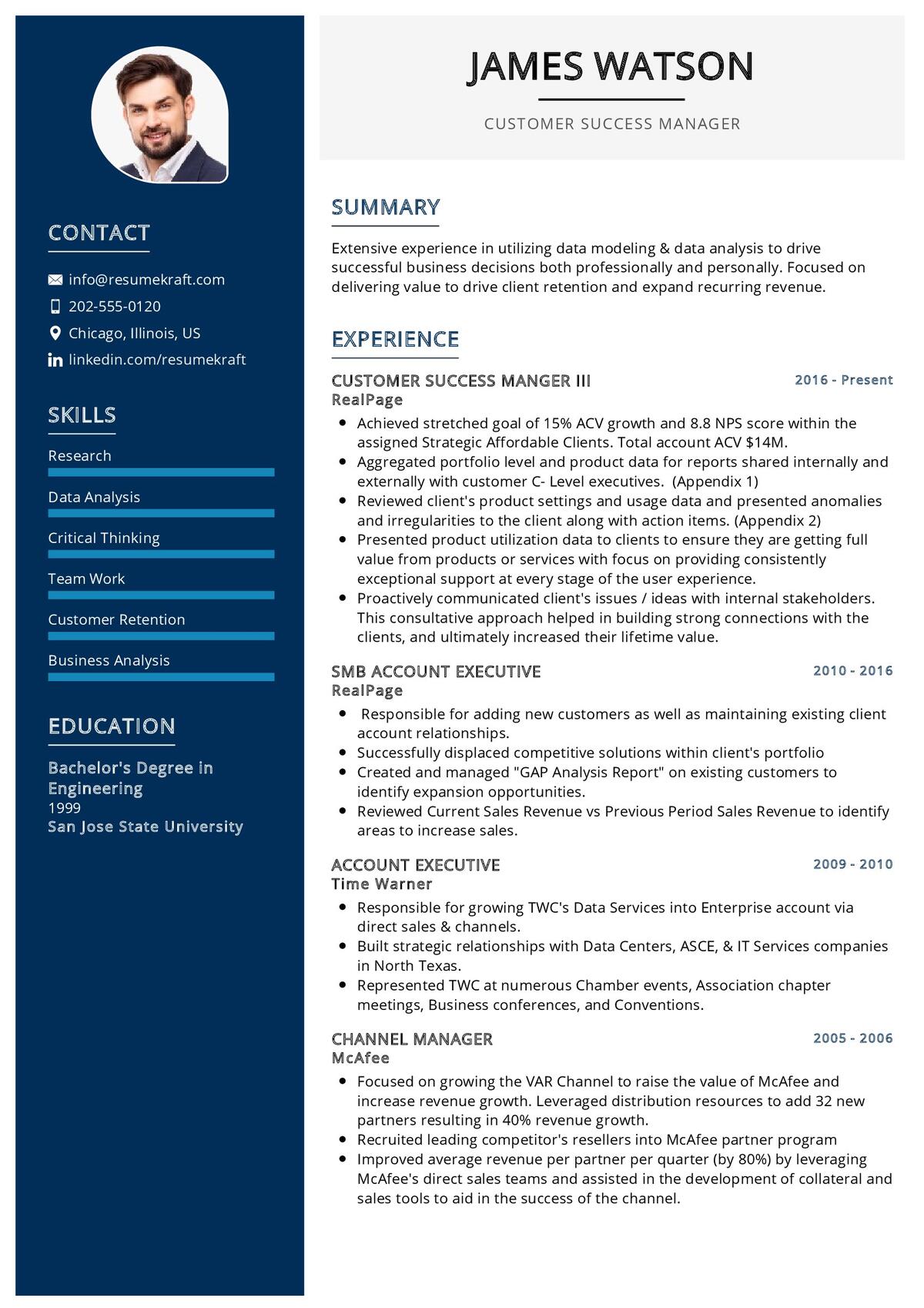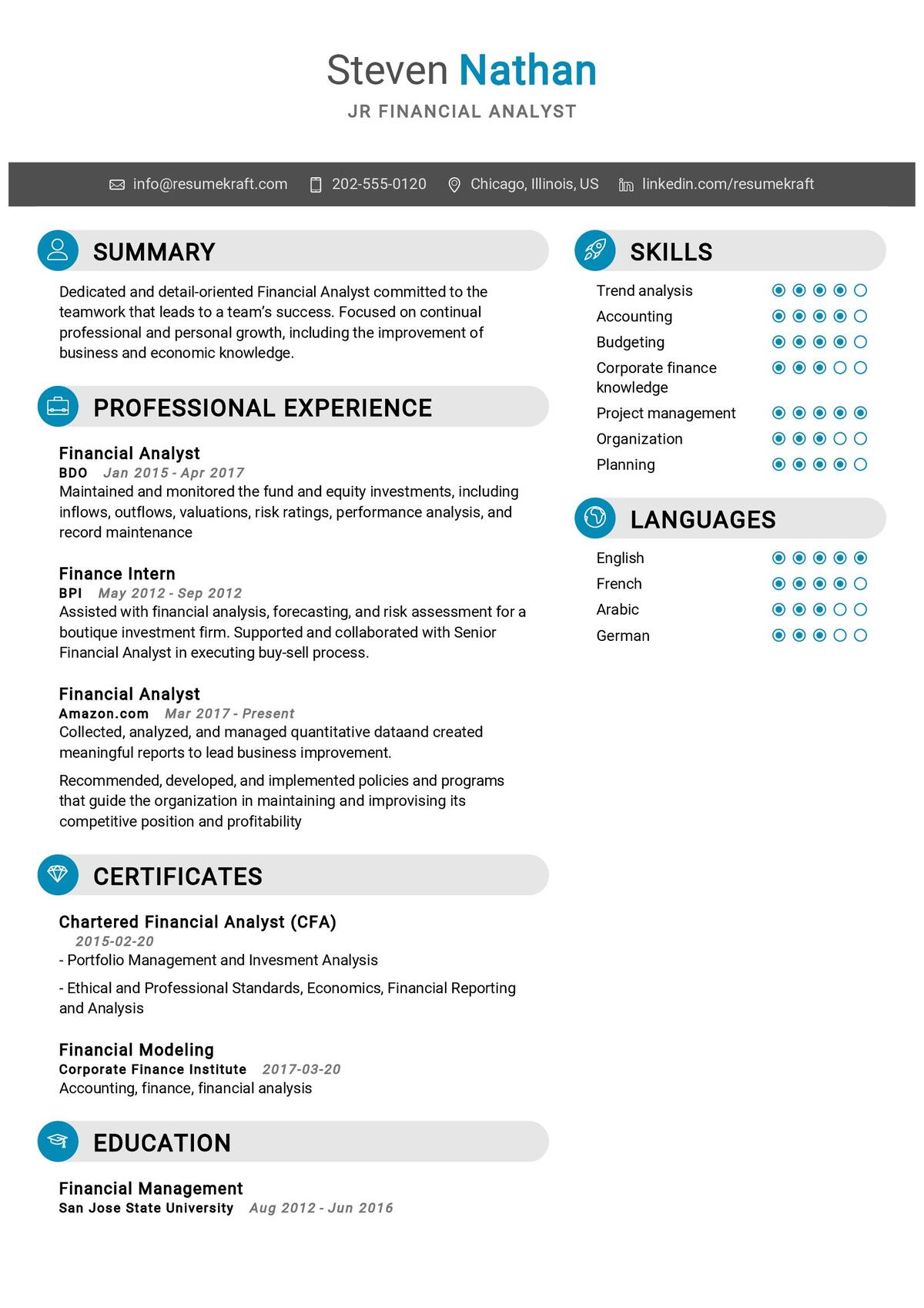
Whether you are fresh out of college or a seasoned professional, writing a resume can be a daunting task. How do you condense your entire work history into a single page? And what information should you include (or exclude)? In this blog post, we will walk you through the process of writing a resume, step-by-step. We will also provide resume templates and examples for you to use. By the end of this post, you will have everything you need to write a resume that will land you the perfect job. Let’s get started!
- The basics of writing a resume that will land you the perfect job
- How to format your resume for maximum impact
- What information to include (and what to leave out) on your resume
- How to customize your resume for each job you apply for
- Tips for making your resume stand out from the competition
- How to troubleshoot common resume problems
- Frequently Asked Questions
- Conclusion
The basics of writing a resume that will land you the perfect job
There are a few basic things that you should keep in mind when writing a resume:
- Make sure your resume is clear and concise. It should be free of any grammar or punctuation errors, and should get straight to the point.
- Highlight your skills and experience that are relevant to the job you are applying for.
- Tailor your resume to each individual job – don’t just send out the same generic resume to every employer.
- Use strong action verbs to describe your accomplishments, and avoid using pronouns such as “I” or “me”.
- Keep your resume to one or two pages – any longer, and you run the risk of losing the reader’s attention.
- Make sure to proofread your resume multiple times before sending it out. A single typo could be the difference between getting an interview or not. By following these simple tips, you can ensure that your resume will stand out from the rest and give you a better chance of landing the job you want.
How to format your resume for maximum impact
Your resume is one of the most important tools you have when looking for a job. It is your first impression on potential employers, and it should be a strong one. There are a few things you can do to make sure your resume is formatted for maximum impact.
First, make sure your resume is clear and concise. Hiring managers often receive hundreds of resumes for each open position, so you want to make sure yours stands out. Use short, bullet point sentences to highlight your experience and skills.

Second, use keywords. Many companies use applicant tracking systems to screen resumes, so including the right keywords is essential. Third, customize your resume for each job you apply to. Take the time to read the job posting and tailor your resume to fit the specific requirements.
Finally, proofread your resume before you send it. One typo could be the difference between getting an interview and getting passed over.
What information to include (and what to leave out) on your resume
There is a lot of debate over what should and shouldn’t be included on a resume. However, there are some basics that everyone should follow.
Here is what you should include on your resume:
- Contact information: Include your name, phone number, and email address.
- Objective: A brief statement of your career goals.
- Skills: A list of your skills and qualifications.
- Work history: A list of your previous employment.
- Education: A list of your educational qualifications.
- References: A list of people who can vouch for your skills and qualifications.
- Other: Anything else that you feel is relevant to your resume. This could include awards, certifications, or hobbies.
- Professional summary: A brief overview of your professional experience and skills.

Most experts agree that a resume should be limited to one or two pages. Therefore, you should only include the most relevant information. If you have a lot of experience, you may need to condense it to fit on two pages. If you are a recent graduate with little work experience, you may need to expand your resume to fill two pages.
The format of your resume is also important. Your resume should be easy to read and free of any grammar or punctuation errors. Use clear, concise language and action verbs to describe your skills and experience.
Finally, make sure to proofread your resume several times before you submit it.
How to customize your resume for each job you apply for
When you apply for a job, you should customize your resume to fit the specific position you are applying for. This means tailoring both the content and the format of your resume to match the job description. By doing this, you will increase your chances of getting an interview and eventually landing the job.
To customize your resume, start by reviewing the job posting and making a list of the key skills and qualifications the employer is looking for. Then, look at your own resume and identify which of your skills and experiences match up. Finally, revise your resume so that it highlights the skills and experiences the employer is looking for, and be sure to use the same language that is used in the job posting.
If you take the time to customize your resume for each job you apply for, you will demonstrate to employers that you are a good fit for the position and that you are serious about your job search.
Tips for making your resume stand out from the competition
1. Make sure your resume is error-free One of the most important things you can do to make your resume stand out from the competition is to make sure it is error-free. This means ensuring that there are no typos or grammatical errors, and that all of the information included is accurate.
2. Use keywords When employers are looking through resumes, they often use keywords to help them find the candidates they are looking for. As such, it is important to include keywords that are relevant to the position you are applying for in your resume.
3. Highlight your accomplishments In addition to including information about your professional experience, make sure to highlight your accomplishments as well. This could include anything from awards and recognition you have received to projects you have successfully completed.

4. Use a professional format Your resume should be easy to read and professional in nature. This means using a clear and concise format that is free of any distractions.
5. Tailor your resume When you are applying for a specific job, it is important to tailor your resume to that position. This means including information that is relevant to the job you are applying for, and omitting anything that is not.
By following these tips, you can create a resume that will help you stand out from the competition and increase your chances of getting hired.
How to troubleshoot common resume problems
There are a few common resume problems that can be easily fixed with a little troubleshooting. If your resume is not getting the attention it deserves, check for these common problems:
1. Is your resume too long or too short? Most employers prefer a one-page resume, so if yours is longer than that, try to cut down on the length. On the other hand, if your resume is too short, you may not be including enough information to showcase your skills and qualifications.
2. Are you using the right keywords? Employers often use applicant tracking systems (ATS) to screen resumes, so it’s important to include the right keywords and phrases that match the job you’re applying for. If you’re not sure what keywords to use, try looking at the job listing and other similar job postings to get an idea.
3. Is your resume easy to read? Your resume should be easy to read and free of any grammar or spelling errors. Use clear, concise language and simple words and phrases. Avoid using jargon or acronyms that the employer may not be familiar with.
4. Are you tailoring your resume for each job? It’s important to tailor your resume for each job you apply for. This means highlighting the skills and qualifications that are most relevant to the specific position. Generic resumes are often quickly dismissed by employers, so take the time to customize yours for each job.
5. Have you included enough contact information? Make sure your resume includes your full name, address, phone number, and email address. If you have a website or blog, you can also include the URL. Employers should be able to easily contact you if they’re interested in learning more about you.
Planning to Write a Resume?
Check our job winning resume samples


Frequently Asked Questions
There are a number of things you can do to make your resume stand out. First, make sure it is clear, concise, and free of any typos or grammatical errors. Second, focus on your strengths and highlight your most relevant experience and skills. Finally, be sure to customize your resume for each job you apply for, tailoring it to address the specific requirements of the role.
There are a number of things you can do to make yourself more attractive to employers. First, focus on developing your skills and experience. Second, be sure to tailor your resume and cover letter to each job you apply for. Finally, make sure you highlight your unique strengths and qualifications.
There are a number of things you can do to improve your chances of getting hired. First, focus on developing your skills and experience. Second, be sure to tailor your resume and cover letter to each job you apply for. Finally, make sure you highlight your unique strengths and qualifications.
Conclusion
In conclusion, your resume is one of the most important tools you have when searching for a new job. It is your first chance to make a good impression on a potential employer, so it is important to take the time to make sure it is well-written and free of errors. Following the tips in this article will help you create a resume that will help you land the perfect job.
Recommended Reading:

